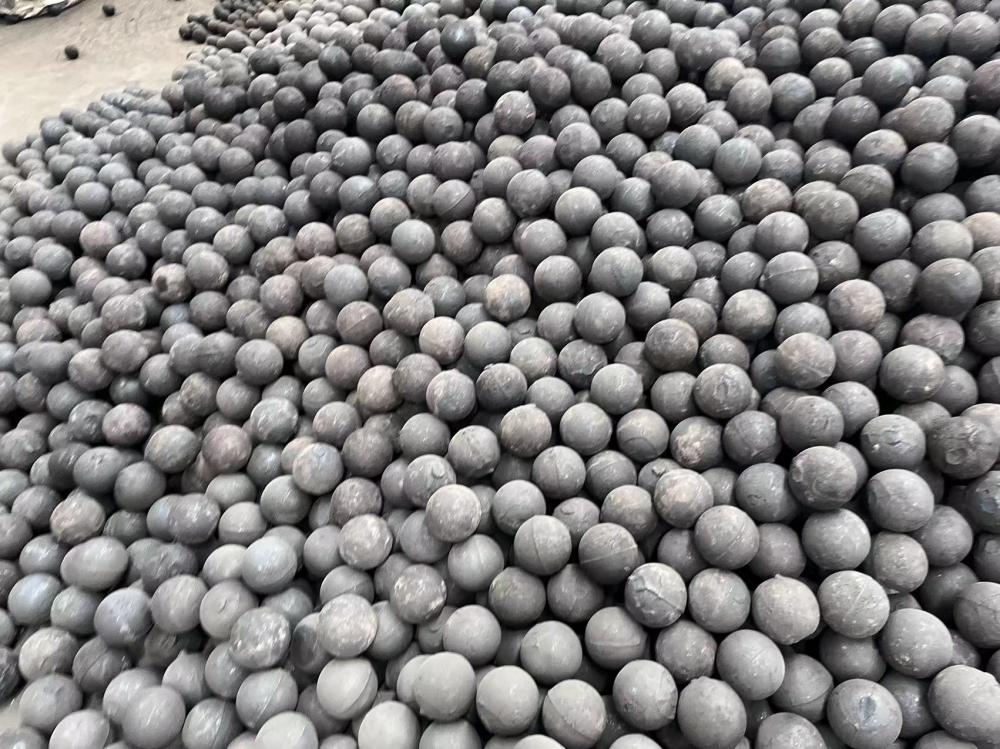Ginkgo transplanting technology
2025-07-10 11:30:02
Ginkgo trees are a popular choice for urban landscaping due to their resilience and aesthetic appeal. When selecting ginkgo seedlings, it's crucial to choose strong, healthy plants with well-developed roots, white xylem, and reddish root bark that is tightly attached to the wood. If the roots appear black, the tree may have already died, even if the trunk looks green. For street planting, ginkgo trees should have straight trunks, uniform shapes, and branches that are about 3 meters tall in young seedlings.
Planting ginkgo trees is generally easy, especially before spring germination. The soil should be rich, fertile, and contain 1% to 3% organic matter, with good drainage. At the bottom of the planting hole, add decomposed organic fertilizer and mix it with 20 cm of cooked soil to avoid root burn. If the weather is dry, fill the pit with water first, let it soak in, then plant the tree. Ginkgo trees are typically planted with a root ball, and they should not be buried too deep—usually, the original root line should be level with or slightly above the ground.
After planting, water the tree every 5–7 days. Once the tree has established itself, watering can be reduced. The first irrigation should be done before the soil starts to germinate. In May, if the weather is dry, a second watering can help promote growth. During rainy seasons, adjust watering based on actual conditions. Ginkgo is drought-tolerant but sensitive to overwatering, as its roots require good aeration to prevent rot. Fertilize in spring and autumn using a circular or hole-piercing method around the canopy, applying well-decomposed organic fertilizer and watering afterward.
One unique characteristic of ginkgo trees is their "false living" and "false death" phenomena. Some ginkgos may appear alive with leaves, but their roots could be dead, and they might only show signs of life after one or two years. Others may not sprout in the first or second year after planting, yet their bark remains green. It might take up to three years for them to fully recover and grow new leaves. This is why many say: “Ginkgo trees are planted for three years, and it takes three years for them to truly live.â€
Pruning ginkgo trees isn’t usually necessary, but you can trim them before transplanting to remove dense, diseased, or broken branches. Due to their slow growth, pruning is rarely needed during their active growth period. To maintain healthy growth, keep the area around the tree free of weeds by cultivating alfalfa, which improves soil aeration and promotes root development.
Ginkgo trees are relatively resistant to pests and diseases. However, during hot and dry summers, newly transplanted trees may suffer from stem base burning or bacterial infections, leading to rot after rain. Using shade nets or Bordeaux mixture can help prevent these issues. The main pest is cockroaches, which are generally manageable. Overall, ginkgo trees are easy to care for and make excellent choices for urban greening. Proper post-transplant care, including soil aeration and maintaining an appropriate root-to-leaf ratio, plays a key role in ensuring successful ginkgo transplantation.

All in all, tempered steel balls have the characteristics of improving toughness, improving organizational structure, adjusting performance and improving wear resistance, making them more suitable for various engineering applications.
Metal Grinding Steel Ball,Grinding Body Steel Ball,Cast Chrome Alloy Ball,Cast Chrome Chrome Steel Balls
Xuzhou Surun wear-resistant material Co., LTD , https://www.suruntools.com